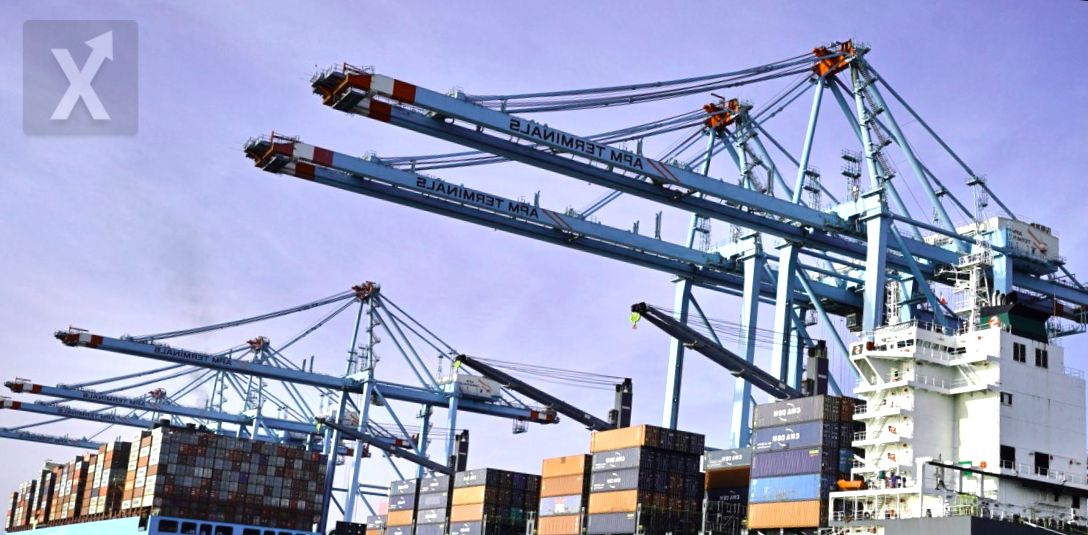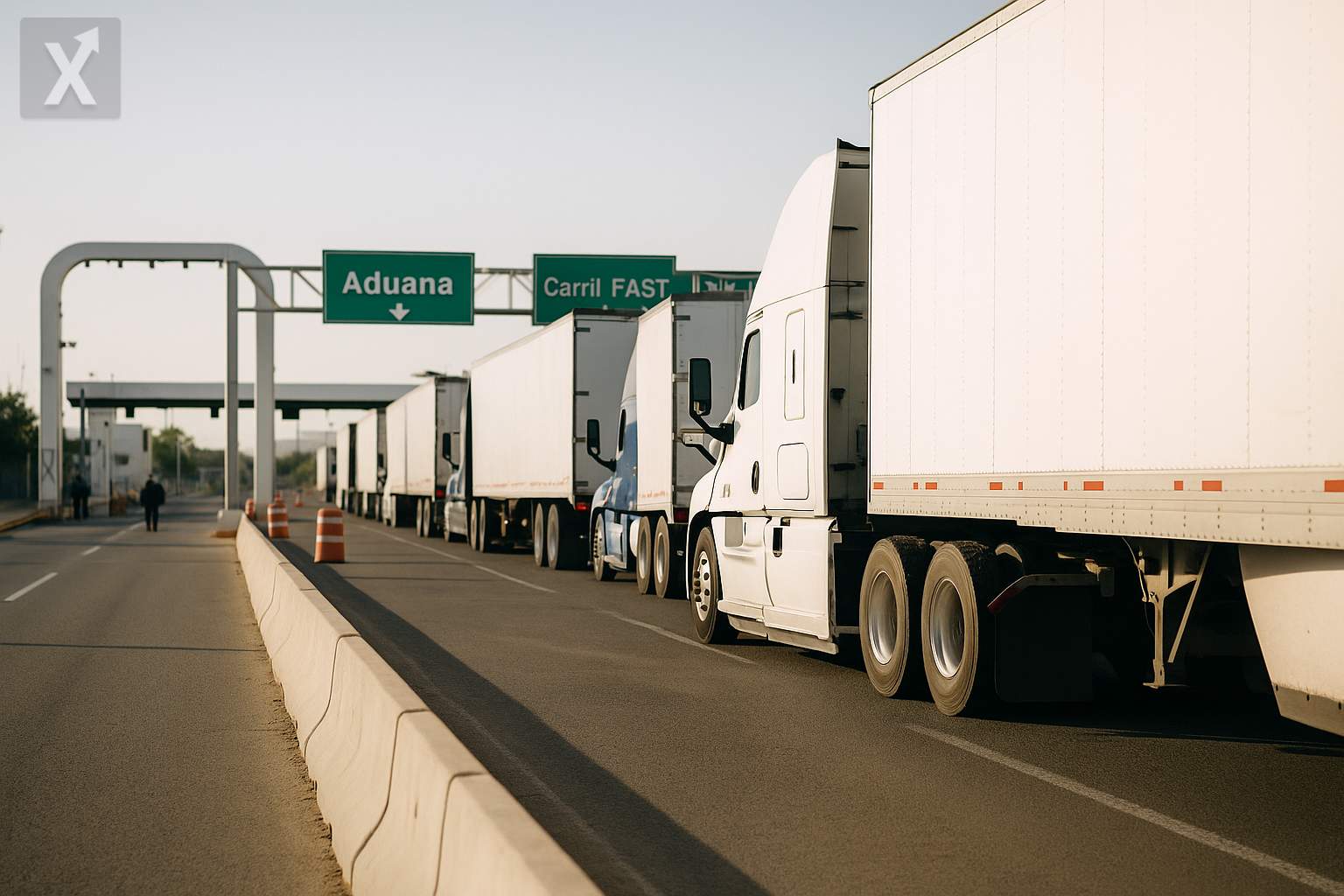Infrastructure Investment in Free Fall as Debt Increases

Public investment in infrastructure—which includes roads, hospitals, schools, ports, and airports—has significantly decreased compared to 2023. On the other hand, the cost of interest on public debt reached its highest level in two decades during the first quarter of the year, according to data from the Ministry of Finance and Public Credit (SHCP). During that period, spending on infrastructure by the public sector dropped by 33.5% in real terms (excluding Pemex investment), falling from 147.6 billion pesos in the first quarter of 2024 to just 101.8 billion in the same period of 2025. This decline is less than what was reported in 2023, according to a study by the Mexican Institute for Competitiveness (IMCO). When considering total physical investment, there is also an annual decrease of 12.3% compared to the first quarter of 2024, as noted by the Ministry in its Timely Statistics.
The rise in interest costs is striking. During this period, the financial cost, mainly covered by the federal government, Pemex, and the Federal Electricity Commission (CFE), reached 302.7 billion pesos, representing an increase of 11.7%. This is the highest total recorded for a first quarter in 20 years. According to Diego Díaz, an expert from IMCO, this increase is due to several factors: the growth of historical debt, the depreciation of the exchange rate, high global interest rates, and the low credit rating of Pemex, which forces lenders to offer loans at higher rates. The Ministry reported that between 2023 and 2024, historical debt grew by more than three trillion pesos, from 15.08 trillion to 18.1 trillion. Comparisons show that it was in the first quarter of 2022 when financial costs surpassed spending on physical investment, breaking the trend that indicated investment in infrastructure should be greater than interest payments on debt, which is concerning for public finances. "The reason why an individual or a government goes into debt is fundamental. If debt had been used to finance infrastructure projects that improve productivity and human capital, then it would be more justifiable," pointed out the IMCO specialist. He also emphasized that the Constitution requires debt to be incurred only for productive activities, something that has not been upheld, as high-profile projects like Dos Bocas or the Maya Train absorbed a large portion of the public budget allocated for investment, without a cost-benefit analysis conducted by the SHCP or any other governmental entity.
It is vital for a government to carefully evaluate its borrowing decisions. Investment in infrastructure must focus on projects that generate economic returns and tangible benefits for society. Until that happens, public finances will continue to face a challenging landscape, where the cost of debt overshadows the development and well-being of the country. Responsible resource use and critical analysis of each investment are key to sustained and sustainable growth.






